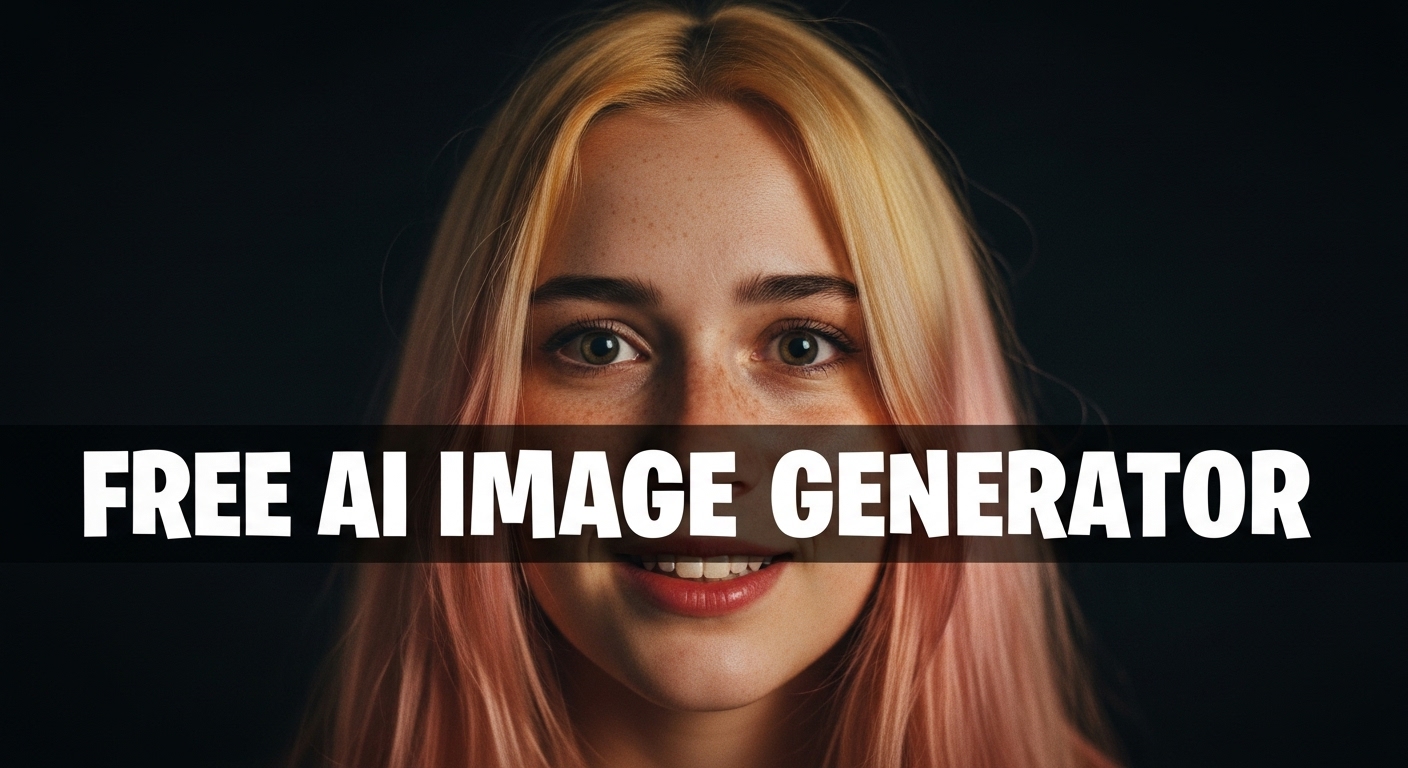Free Painting Prompt Generator AI
Create imaginative painting prompts from your own idea. Great for canvas, digital painting, or visual studies.
Generate Painting Prompt
Create imaginative painting prompts from your own idea. Great for canvas, digital painting, or visual studies.
Transform Ideas into Painting Prompts
The free Painting Prompt Generator AI tool on this page helps you turn your visual concept into a clear and inspiring painting prompt. Whether you're working with oil, watercolor, acrylic, or digital brushwork, this tool uses your idea and chosen style to produce a prompt that supports composition, color planning, and emotional tone. Ideal for daily painting challenges, art practice, or visual storytelling projects.
Transform your artistic vision into detailed painting prompts that guide composition, color theory, and emotional expression. Our intelligent generator combines your creative concept with proven artistic techniques, considering art style, scene type, mood, and color palette to create prompts that inspire meaningful artwork. From impressionist landscapes to surreal portraits, get exactly the creative foundation you need for compelling paintings that capture both technical skill and artistic vision.
Perfect for painters, digital artists, art students, and creative professionals exploring visual expression. Powered by OpenAI, Claude, Gemini, and Copilot technologies for the most inspiring and technically sound painting prompts available.
How to Use the Painting Prompt Generator

- Enter Your Painting Idea
Describe your visual concept, subject, or scene you want to paint or explore artistically.
- Choose Art Style
Select Impressionist, Realistic, Surreal, Expressionist, Minimalist, Abstract, or define your own style.
- Pick Scene Type
Choose Landscape, Portrait, Action Scene, Still Life, Emotional Symbolism, Historical Scene, or create your own.
- Set Mood or Atmosphere
Select Peaceful, Mysterious, Dreamlike, Chaotic, Lonely, Tense, or specify your own emotional tone.
- Choose Color Palette
Pick Monochrome, Earthy Tones, Pastel, Bold Primary, Neon, Warm & Cool Contrast, or define your own.
- Select Format
Choose Painting Description, Visual Concept Summary, Color Theory Explanation, Composition Idea, Artist Note, or create your own format.
- Generate Your Prompt
Click Generate to create your painting prompt, then start creating your artwork!
Key Features
- Art Styles: Impressionist, realistic, surreal, expressionist, minimalist, abstract, and custom styles
- Scene Types: Landscape, portrait, action scene, still life, emotional symbolism, historical scene
- Mood Control: Peaceful, mysterious, dreamlike, chaotic, lonely, tense atmospheres
- Color Palettes: Monochrome, earthy tones, pastel, bold primary, neon, warm & cool contrast
- Format Options: Painting description, visual concept summary, color theory explanation, composition idea, artist note
- Technical Guidance: Includes composition, lighting, and brushwork suggestions
- Expanded Versions: Toggle between summary and full detailed prompts
- Inspire Me Function: Random combination generator for creative exploration
- Download Feature: Save prompts as .txt files for studio reference
- Direct Copy: One-click copying for immediate use in art projects
- Multilingual Support: Generate prompts in 12 different languages
- Completely Free: No registration, no limits, no hidden fees
Perfect For
Traditional Painters
Artists working with oil, watercolor, acrylic, gouache, and other traditional mediums.
Digital Artists
Artists using digital painting software like Photoshop, Procreate, Clip Studio Paint, or Krita.
Art Students
Students learning composition, color theory, and artistic techniques through guided practice.
Art Instructors
Teachers creating assignments, exercises, and inspiration for painting classes.
Professional Artists
Established artists seeking inspiration for new works, series, or creative challenges.
Art Therapists
Therapists using art as healing tool with structured prompts for guided expression.
Art Style Options
Impressionist
Soft brushstrokes, light effects, atmospheric quality, and capturing fleeting moments in time.
Realistic
Detailed, lifelike representation with accurate proportions and precise observation.
Surreal
Dreamlike, fantastical elements beyond reality with symbolic and imaginative imagery.
Expressionist
Bold colors and brushwork to convey emotion with dramatic and subjective interpretation.
Minimalist
Simple, clean composition with essential elements and intentional use of negative space.
Abstract
Non-representational forms, colors, and shapes focusing on pure artistic expression.
Scene Type Categories
Landscape
Natural or urban outdoor scenes with environmental elements and atmospheric perspective.
Portrait
Human figures, faces, or character studies focusing on expression and personality.
Action Scene
Dynamic movement and energetic compositions with dramatic tension and flow.
Still Life
Arranged objects, flowers, or inanimate subjects with controlled lighting and composition.
Emotional Symbolism
Symbolic elements representing feelings, concepts, or abstract ideas through visual metaphor.
Historical Scene
Period-specific settings and historical events with cultural context and accuracy.
Mood and Atmosphere Options
- Peaceful: Calm, serene, and tranquil atmosphere with soft lighting and harmonious elements
- Mysterious: Enigmatic, hidden, and intriguing qualities with dramatic lighting and shadows
- Dreamlike: Ethereal, fantastical, and surreal mood with soft edges and unusual elements
- Chaotic: Energetic, turbulent, and dynamic feeling with bold contrasts and movement
- Lonely: Isolated, melancholic, and contemplative tone with sparse elements
- Tense: Dramatic, suspenseful, and emotionally charged atmosphere with strong contrasts
Color Palette Options
Monochrome
Single color or shades of one hue with emphasis on value relationships and contrast.
Earthy Tones
Browns, ochres, siennas, and natural earth colors with warm, organic undertones.
Pastel
Soft, light, and muted color variations with gentle transitions and subtle contrasts.
Bold Primary
Strong reds, blues, and yellows with high saturation and dramatic visual impact.
Neon
Bright, electric, and vibrant colors with glowing effects and artificial lighting qualities.
Warm & Cool Contrast
Contrasting warm and cool color temperatures for visual interest and depth.
Prompt Format Types
Painting Description
Detailed visual description of the painting suitable for direct artistic interpretation.
Visual Concept Summary
Brief overview focusing on key artistic concepts and central creative ideas.
Color Theory Explanation
Focus on color relationships, temperature, harmony, and theoretical applications.
Composition Idea
Emphasis on layout, visual arrangement, focal points, and structural elements.
Artist Note
Personal artistic statement format with creative insights and artistic intentions.
Painting Techniques and Mediums
Oil Painting
Rich, blendable medium perfect for detailed work, glazing, and traditional techniques.
Watercolor
Transparent, flowing medium ideal for atmospheric effects and spontaneous expression.
Acrylic
Versatile, fast-drying medium suitable for both detailed and expressive painting styles.
Digital Painting
Computer-based medium offering unlimited possibilities for experimentation and revision.
Gouache
Opaque watercolor medium providing flat, matte finish perfect for illustration and design.
Mixed Media
Combination of multiple mediums for textural variety and creative expression.
Composition Principles
- Rule of thirds for dynamic focal point placement
- Leading lines to guide viewer's eye through the composition
- Balance between positive and negative space
- Contrast in value, color, and texture for visual interest
- Rhythm and movement through repetition and variation
- Proportion and scale relationships between elements
- Unity through consistent style and thematic elements
Color Theory Applications
Complementary Colors
Opposite colors on the color wheel that create strong contrast and visual impact.
Analogous Harmony
Adjacent colors on the color wheel that create harmonious and peaceful compositions.
Triadic Schemes
Three evenly spaced colors on the color wheel for balanced and vibrant compositions.
Temperature Contrast
Warm and cool color combinations that create depth and atmospheric perspective.
Lighting and Atmosphere
- Natural lighting from sun, moon, or environmental sources
- Artificial lighting from lamps, candles, or electronic sources
- Dramatic lighting with strong contrasts and shadows
- Soft, diffused lighting for gentle and peaceful atmospheres
- Backlighting and rim lighting for silhouettes and mood
- Color temperature effects on mood and perception
- Atmospheric perspective through color and value changes
Common Painting Challenges
Daily Practice
Regular painting exercises to develop skills and maintain creative momentum.
Plein Air Studies
Outdoor painting challenges to capture natural light and atmospheric conditions.
Color Studies
Focused exercises on color relationships, temperature, and harmony.
Gesture and Movement
Quick studies to capture energy, motion, and essential character.
Artistic Development
- Study master paintings to understand technique and composition
- Practice fundamental skills through structured exercises
- Experiment with different mediums and approaches
- Develop personal style through consistent practice
- Challenge yourself with new subjects and techniques
- Seek feedback from other artists and instructors
- Document your progress and artistic journey
Professional Applications
Exhibition Preparation
Structured prompts for developing cohesive bodies of work for gallery shows.
Commission Work
Prompts that help visualize and plan custom artwork for clients.
Portfolio Development
Diverse prompts to showcase range and skill in professional portfolios.
Teaching Materials
Educational prompts for art instruction and student development.
Frequently Asked Questions
Can I use these prompts for any painting medium?
Yes! These prompts work with traditional mediums like oil, watercolor, and acrylic, as well as digital painting software. The descriptions focus on visual elements that translate across all mediums.
Are these prompts suitable for beginners?
Absolutely! The prompts can be adapted for any skill level. Beginners can focus on basic elements while advanced artists can explore complex technical aspects.
How do I adapt a prompt for my preferred style?
Use the core visual concept and adapt the technical approach to match your artistic style. The prompts provide a foundation that you can interpret through your unique artistic voice.
Can I use these prompts for art classes or workshops?
Yes! These prompts are perfect for art education, workshops, and creative challenges. They provide structured guidance while allowing for individual artistic interpretation.
Ready to Start Painting?
Begin generating inspiring painting prompts today and transform your artistic vision into compelling artwork. Whether you're working with traditional mediums or digital tools, practicing fundamental skills or exploring new techniques, our Free Painting Prompt Generator AI provides the creative foundation you need for meaningful artistic expression that captures both technical excellence and emotional depth in every brushstroke.

